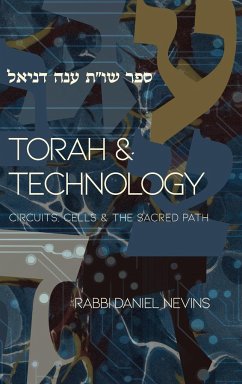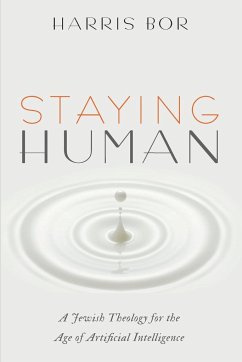What does Judaism teach about killer robots? Cultured meat? Genetically engineered people? What does it mean to rest on Shabbat when electronics are embedded all around? In a pandemic, whose life should be saved first? Can a person be declared dead after the brain has ceased to function, even if the heart continues to beat on life support? How can ancient religious norms address the radically transformed reality of a technocentric society? In this volume, Torah and Technology: Circuits, Cells, and the Sacred Path, Rabbi Daniel Nevins draws on 3,000 years of biblical and rabbinic texts to respond to pressing questions of contemporary life. These essays are presented in the form of responsa, or rabbinic guidance for Jews committed to practicing halakhah, but they are also of interest to any person who confronts ethical quandaries in our technocentric times. An online supplement provides free lesson plans and source sheets for educators to use in class.
Hinweis: Dieser Artikel kann nur an eine deutsche Lieferadresse ausgeliefert werden.
Hinweis: Dieser Artikel kann nur an eine deutsche Lieferadresse ausgeliefert werden.








